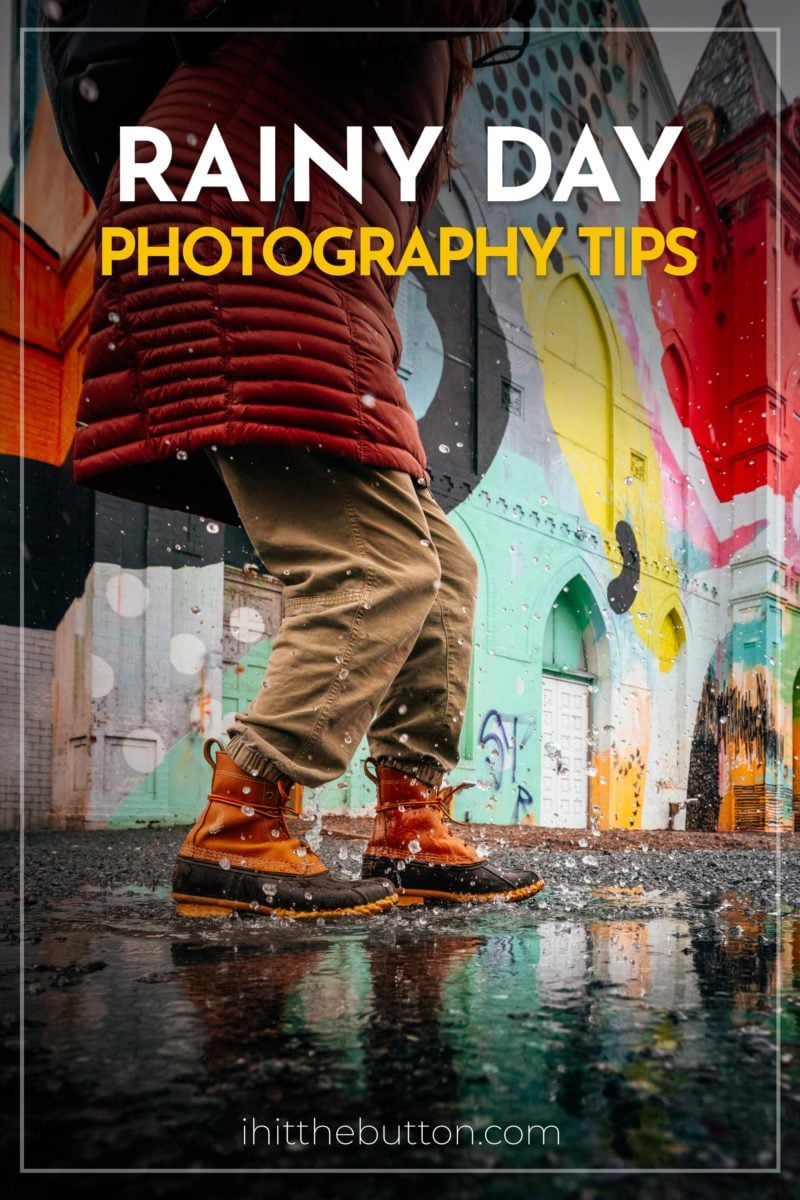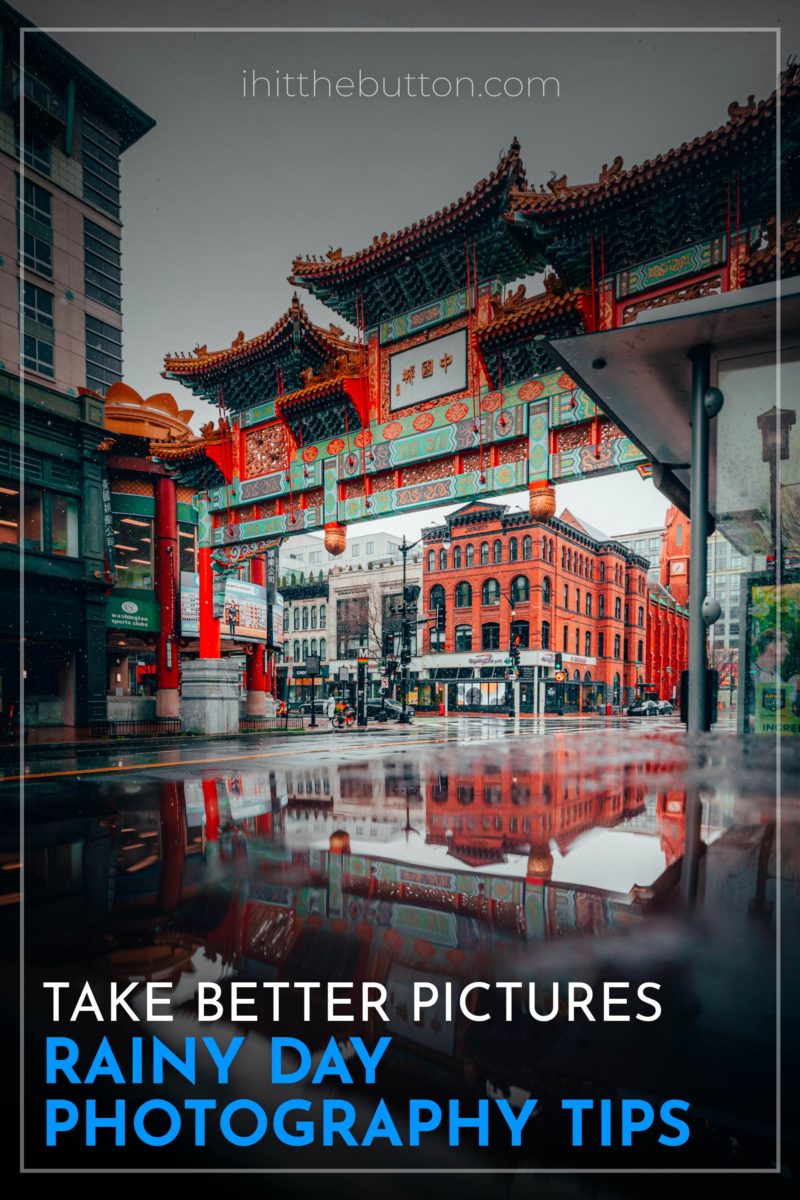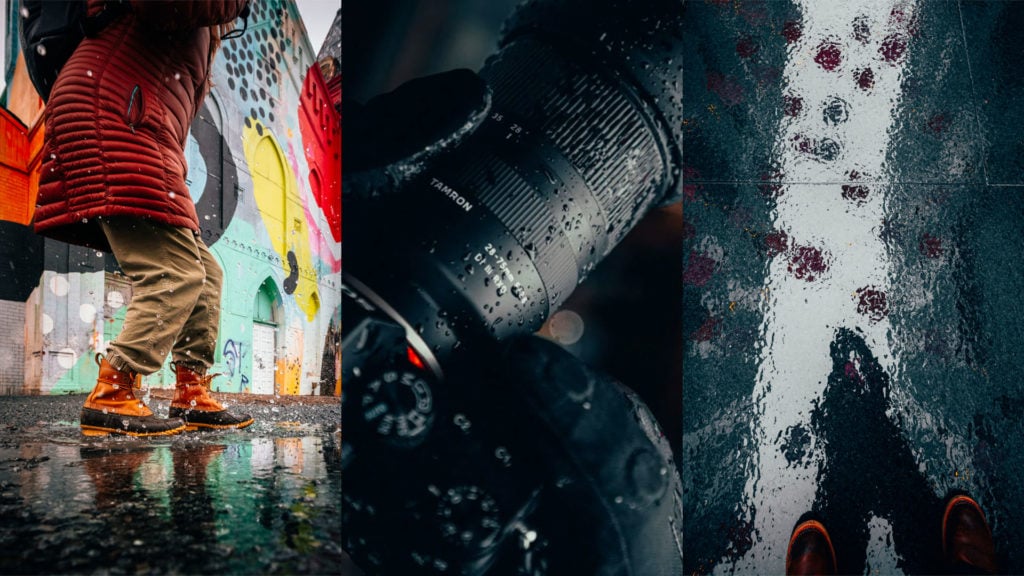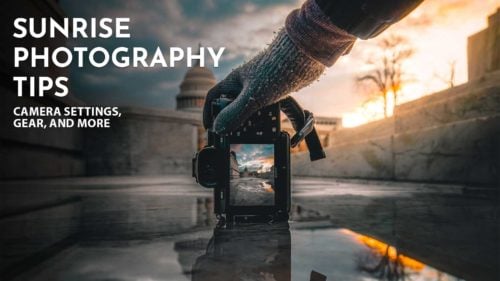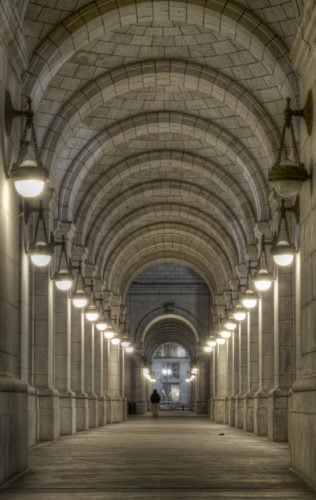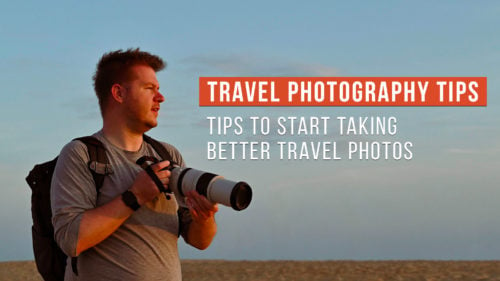What better way to enjoy a rainy day than to go out and photography the weather! Splashes, reflections, there is so much fun you can have photographing the rain.
If you’ve got a weather sealed camera you have no excuse not to shoot in the rain. You can also protect your camera gear with an umbrella or camera rain cover.
You’ll find plenty of interesting things to photograph in the rain. In this post we’ll be going over everything you need to know about rain photography. We’ll go over rainy day camera settings and even editing tips. Plus I’ve also included some of my best rainy day photo ideas.
Here are some of the best rainy day photography tips:
Rainy Day Photography Tips
Rainy days provide unique opportunities for photographers. Rain is a great way to give your photos atmosphere, texture, and depth. However, some forethought and skill is required to get good shots in the rain. Here are some of my favorite tips for capturing photos on a rainy day.
Protecting Your Gear from the Rain
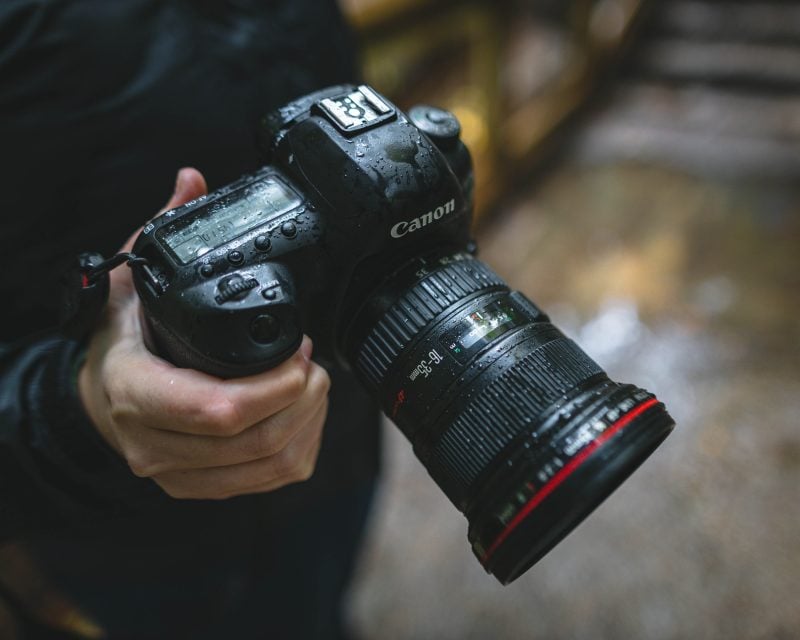
Before you head out into the rain, make sure your camera and lenses are protected from water damage. You could use a plastic bag to protect your camera but I recommend investing in a rain sleeve or a waterproof camera cover to keep your gear dry. Many pro-level DSLR and mirrorless cameras will be weather sealed but it never hurts to add additional protection.
Typically I also add a lens hood to my camera for a little bit more protection from the rain. Additionally, wipe down your camera and lens regularly with a dry cloth to prevent water droplets from ruining your shots.
Of course you’ll also want to worry about keeping yourself dry with a raincoat and an umbrella.
Camera Settings for Rain Photography
Here’s a quick rundown of some tips for camera settings on rainy days:
- ISO: To capture photos in the rain with low-light conditions, a medium-to-high ISO (ISO 400-3200) is required. This will maintain your desired shutter speeds without compromising the quality of the shot.
- Shutter Speed: To capture rain in action, make sure to use quick shutter speeds, especially when shooting water splashes. You can also use slow shutter speeds and a tripod to capture light trails and other creative photo ideas.
- Aperture: This will depend heavily on how much light is available and what lens you’re using. You could begin with an aperture setting of f/4 and play around with different options until you discover the one that works best for your shots. A lower aperture (for example f/2.8) will give you a shallow depth of field if you want bokeh in your photograph.
- Focus: If you’re trying to photograph individual rain drops I recommend manual focus. But autofocus will work for most shots in the rain.
Finding the Right Lighting
The lighting on a rainy day can be quite different from what you’re used to. Look for soft, diffused light that is common on overcast days. This will help create a moodier atmosphere in your photos. Try to avoid shooting directly into the sun or using flash as it can create harsh reflections and unwanted glare. You’ll also likely need to use a higher ISO since lighting conditions can be dim.
Using Reflections to Your Advantage
Rainy days provide great opportunities for capturing reflections. Look for puddles, wet surfaces, and other reflective objects to create interesting and unique compositions. Experiment with shooting from different angles to capture the reflection in a creative way. As you’ll see later in this post I’ll give more examples of reflections for rain photography.
Capturing Motion in the Rain
The rain can add a sense of motion to your photos. Experiment with using a slower shutter speed to capture the motion of the raindrops falling. This can create a dreamy and ethereal effect in your photos. Additionally, look for moving objects such as people with umbrellas or cars driving through puddles to add more motion to your shots.
Embracing the Mood of a Rainy Day
Finally, don’t be afraid to embrace the mood of a rainy day. The rain can add a sense of melancholy, romance, or even mystery to your photos. Look for subjects and compositions that will complement the mood of the day and experiment with different techniques to capture the essence of the rain in your photos.
Photography Ideas for Rainy Days
Now that we went over photography tips for rainy days we can go over specific examples of photography ideas on rainy days.
1. Reflections & Puddles
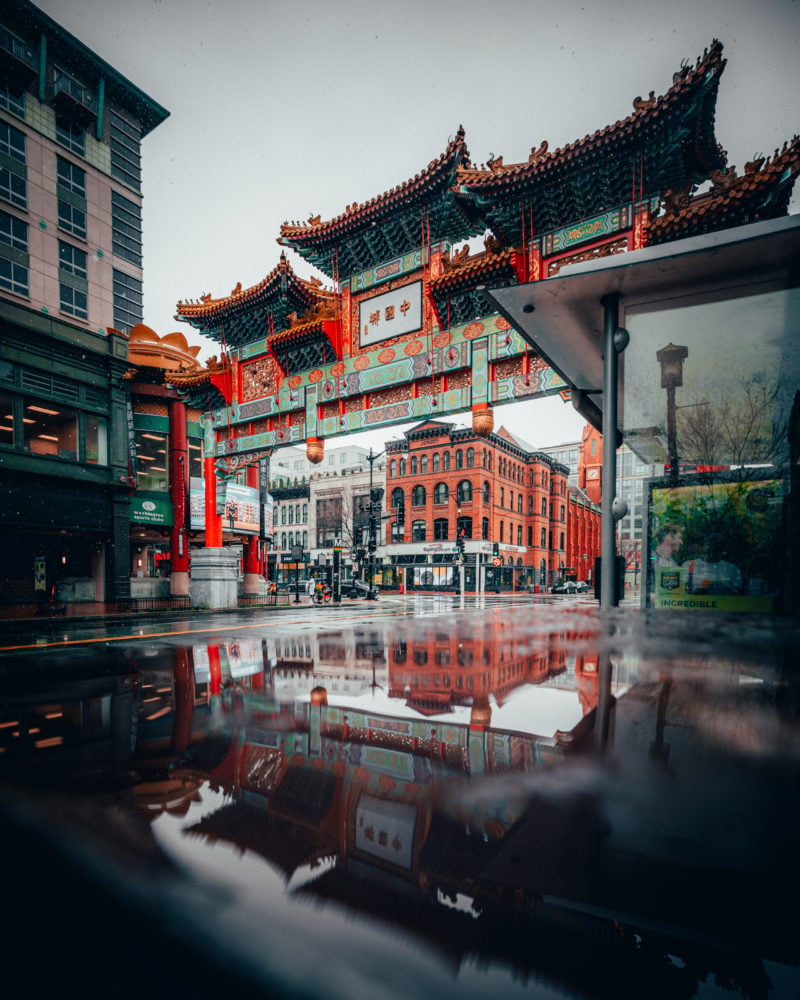
One of the most obvious things to photography on a rainy day are puddles and reflections. No matter where you’re taking pictures you’ll be able to found tons of unique angles by getting down low.
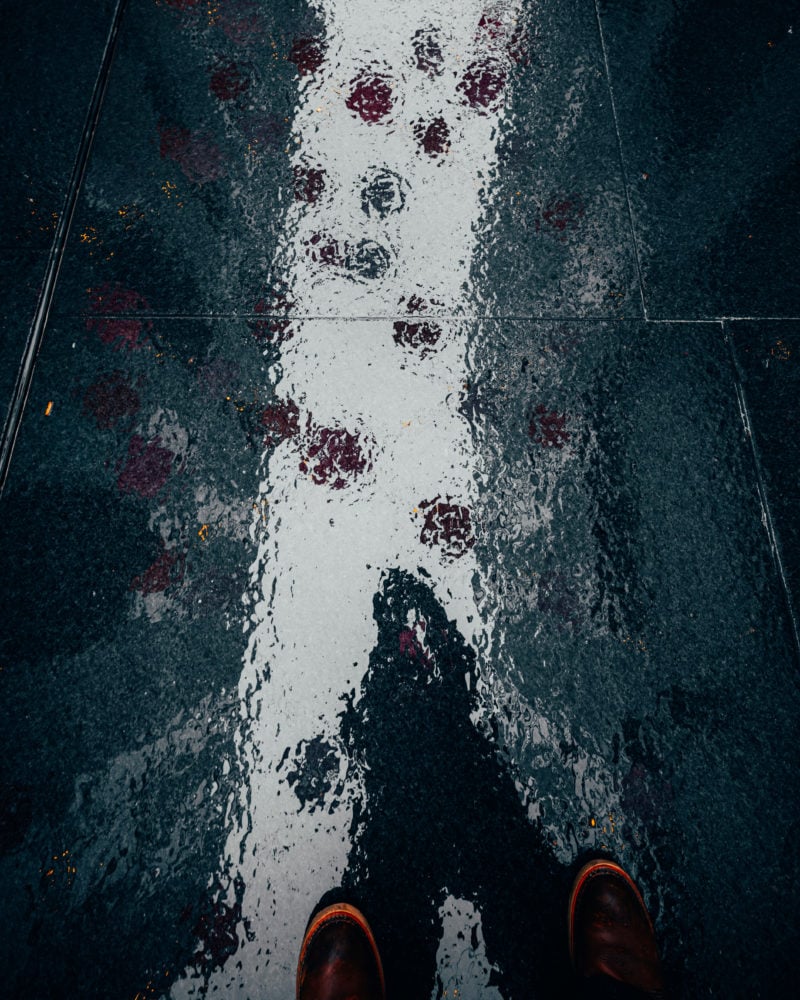
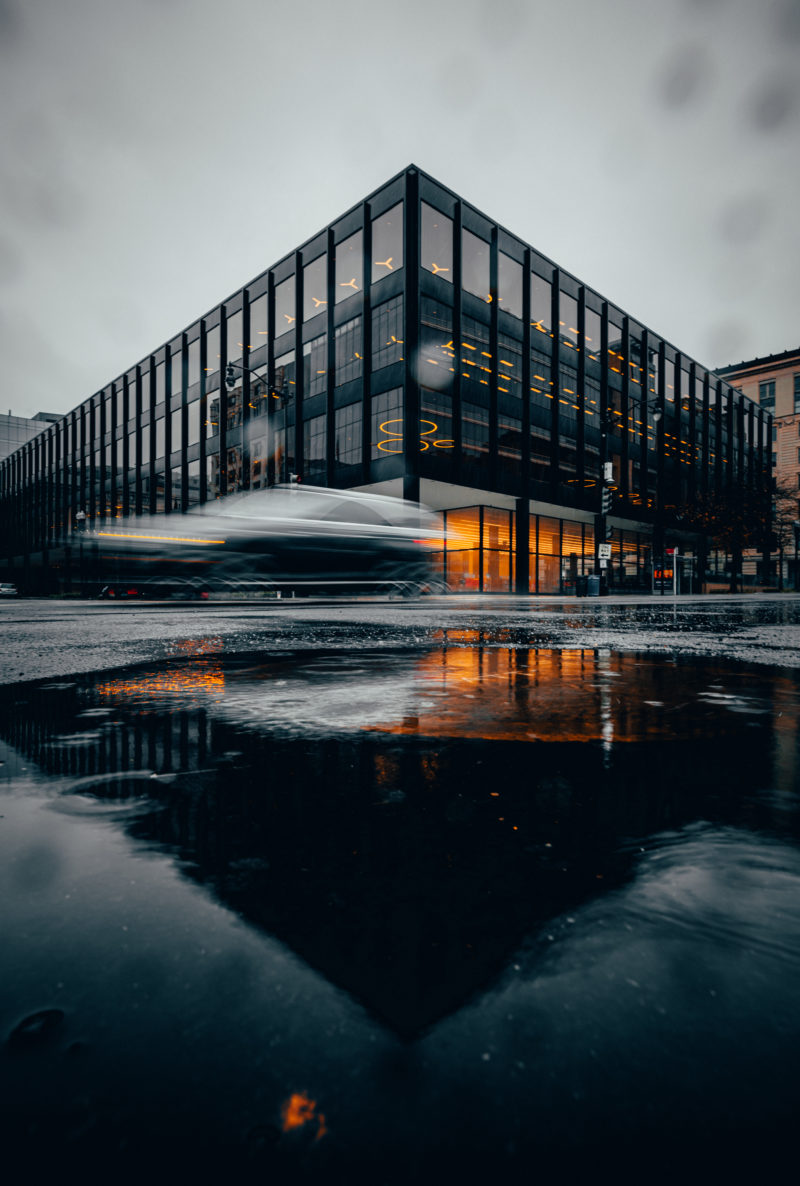
When using reflections you can get plenty of unique compositions. Some tripods enable you get a few feet off the ground to take long exposure photos as well.
2. Rain Splashes
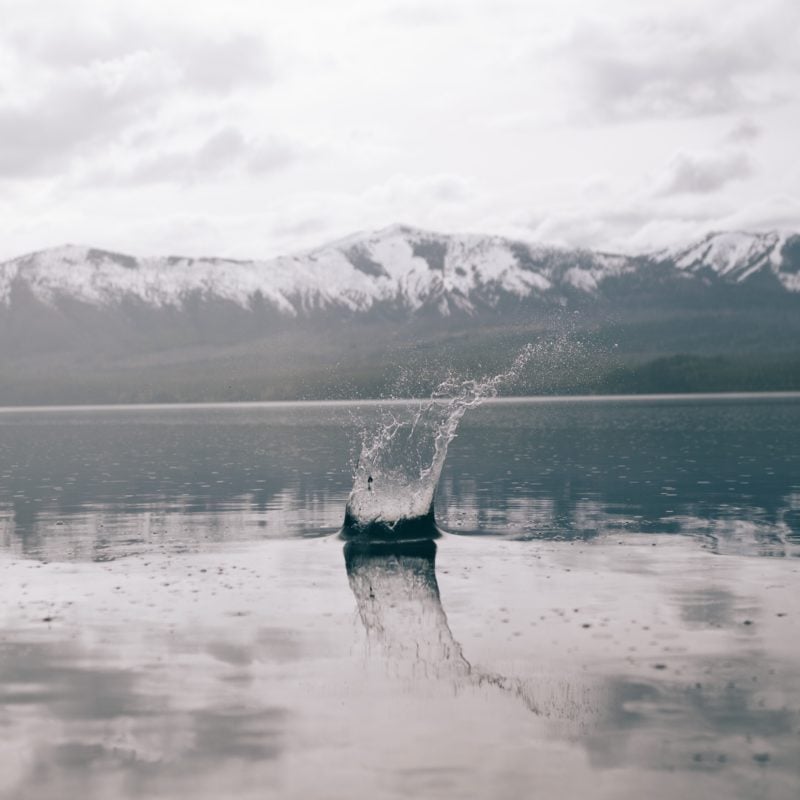
Use all the puddles to your advantage by making a splash! It’s the perfect way to add some motion to your photo in a unique way. Whether it’s a car driving by a puddle or a friend stomping in the water there are plenty of possibilities.
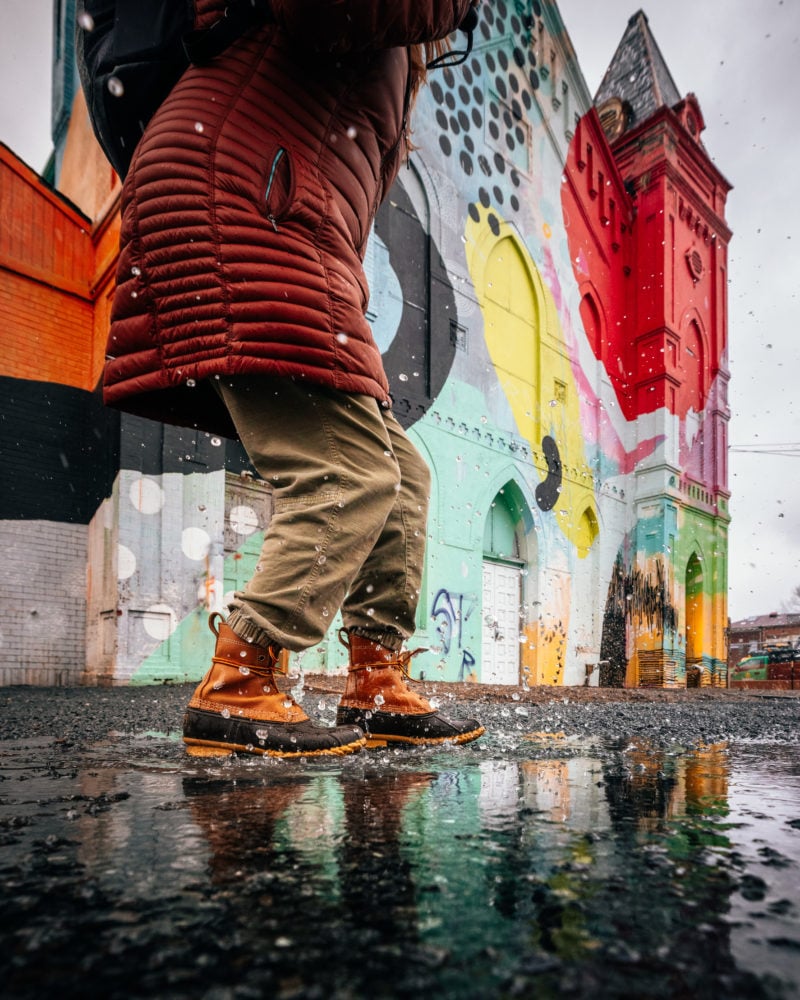
Usually you’ll want to use a fast shutter speed to capture splashes mid-air. You can also capture the blur of the water moving using a slightly slower shutter speed, just remember to hold the camera steady.
3. Rainbows
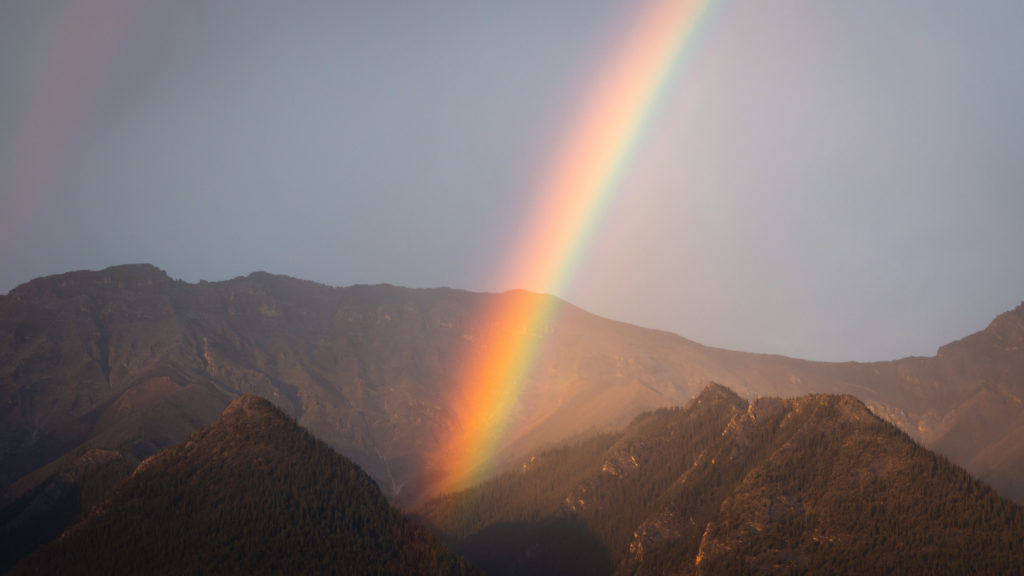
Of course with rain will come rainbows! When the sun begins to show its face, it turns the sky into a real-life color show, and that’s when rainbows will appear. You’ll want your camera handy after a rainstorm. A rainbow can take any ordinary photo and make it look like a work of art depending on your composition!
4. Rain Drops
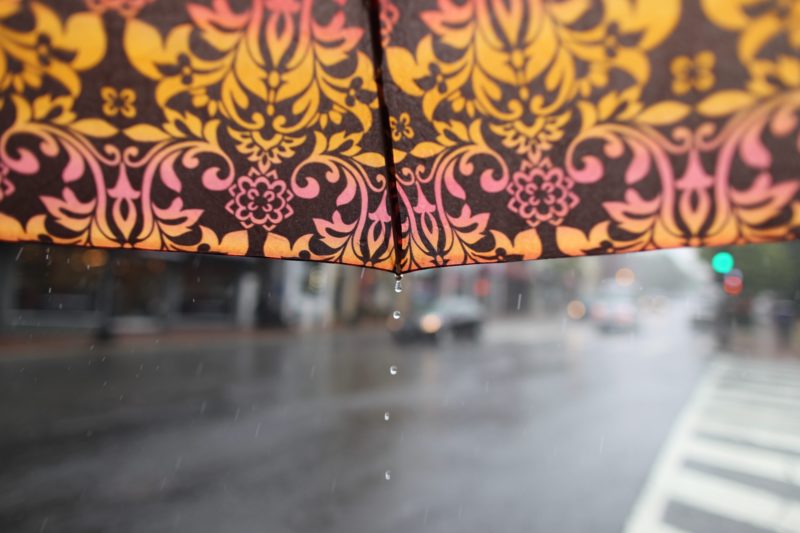
If you’re trying to photograph a rain drop in motion you’ll want to use a fast shutter speed like 1/1000th of a second. This will create an effect as if the droplet is suspended in air. Make sure to combine this effect with a low aperture so the rain drop has separation from the background.
5. Cloudy Skies
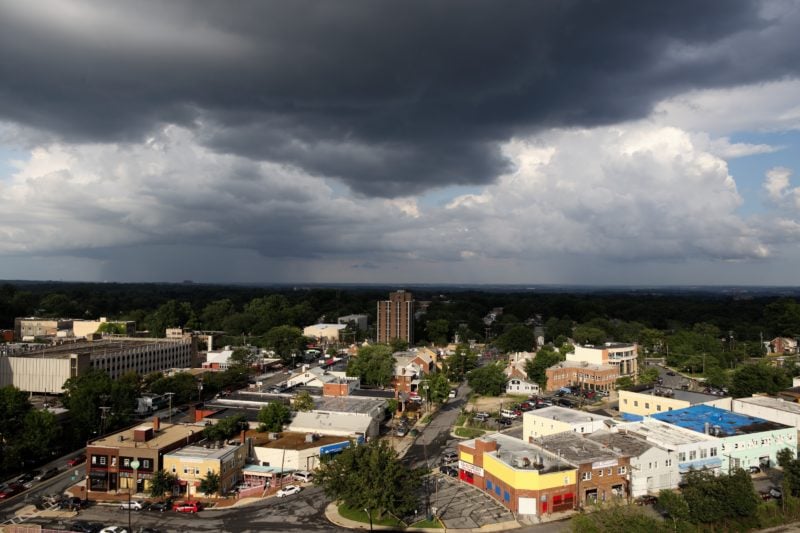
Of course with rain comes unique cloud coverage. Typically just a grey mess you’ll sometimes get lucky and get the sun shining through to add a moody tone to your photos. You can also try this affect with a tripod and an ND filter to capture the movement of the clouds making them appear smooth.
6. Storms & Lightning
Every rainy day won’t mean lightning storms but when they happen you should be getting out to photograph them! Lightning can be an incredibly exciting subject when done safely. You can also using a lightning strike map to exactly see where lightning is striking.
Capturing a lightning strike as it happens can be a challenge. You can use a tripod with long exposures or just shoot bursts until a strike happens. Some companies even make lightning activated shutters.
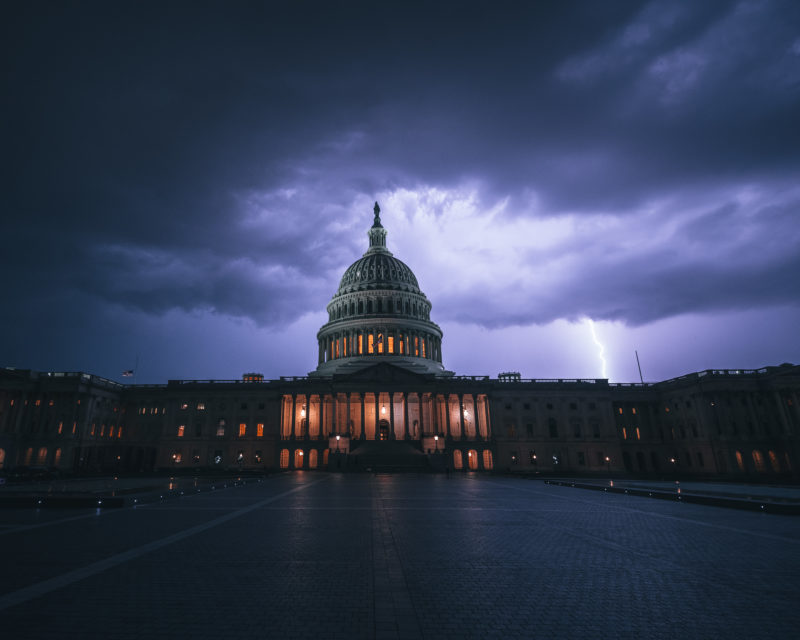
7. Mist & Fog
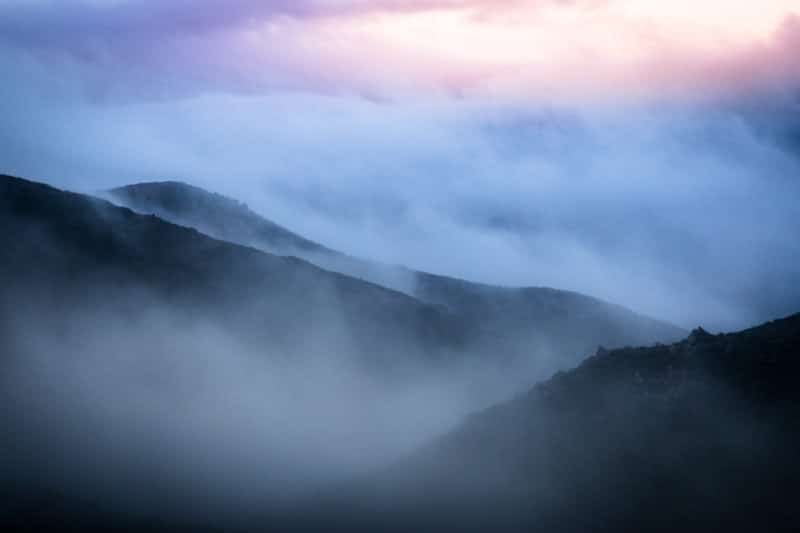
Typically after it rains you’ll be able to spot plenty of fog and mist. Typically precipitation fog forms when rain falls through cold air.
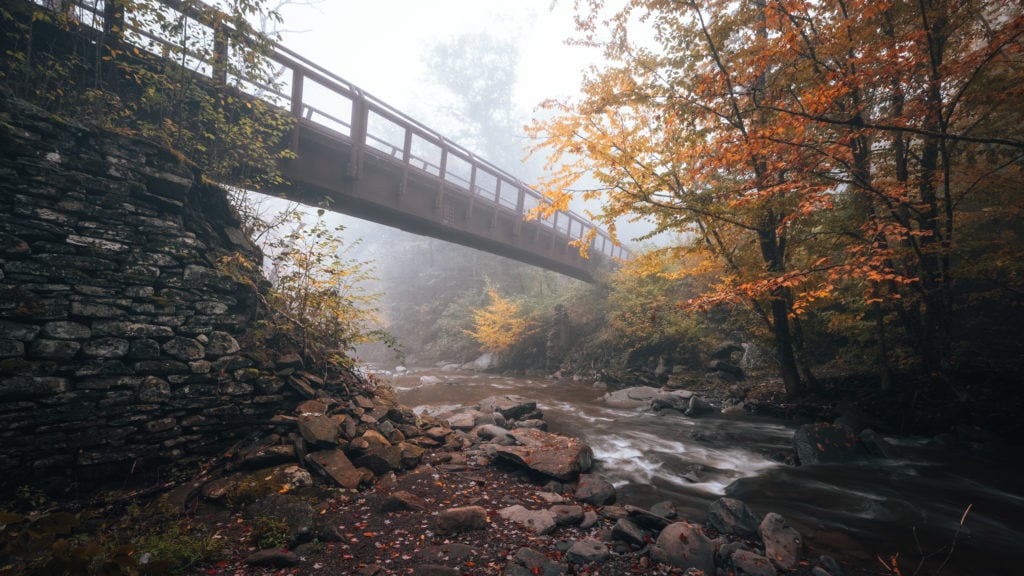
Editing Rainy Day Photos
Photographing in the rain can be both difficult and satisfying for a photographer. Your images won’t be as colorful and eye-catching as you anticipate. This is where the fun comes in with editing, especially if you are shooting RAW. Photos taken on a wet day might benefit from color and contrast adjustments, as well as the addition of an appropriate atmosphere, in post-processing.
Here, we’ll go through various strategies for enhancing images taken during a downpour.
Enhancing Colors and Contrast
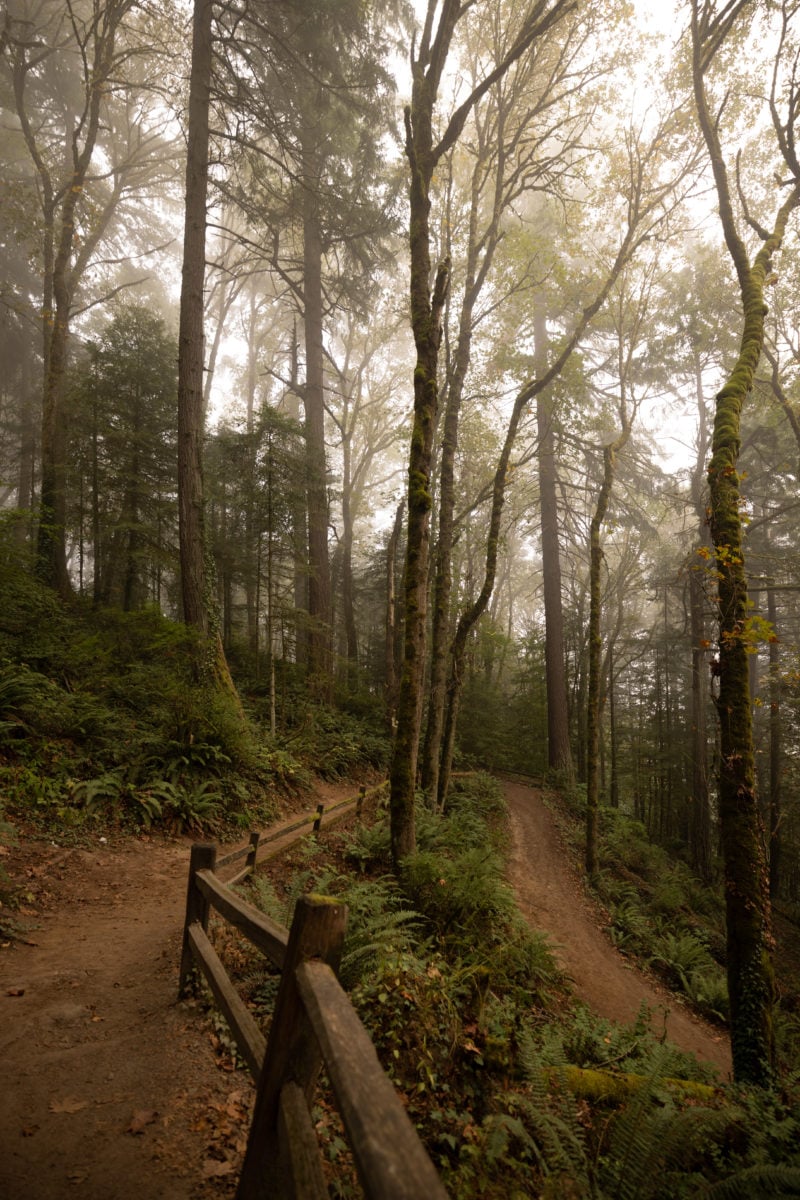
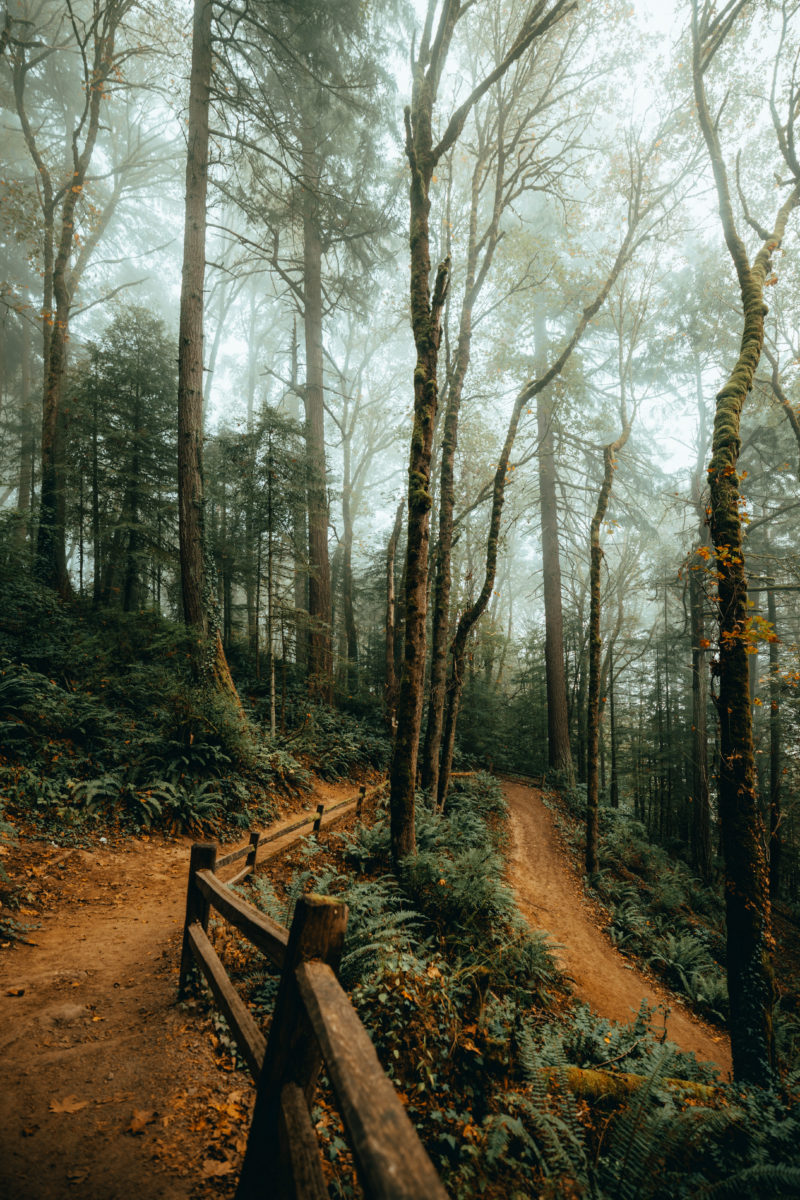
The mood on a rainy day tends to be dreary. It’s possible that your photos’ colors will look subdued and lifeless. Raising the white balance can help the colors pop. Changing the color temperature and tint in post-production can do this. Changing the temperature up will warm the shot, and down will cool it. Color temperature can be modified with tint.
The saturation slider is another color-improvement option. Colors can be made more vivid by increasing their saturation, however this effect can be easily overdone. Your images should look natural, after all. You may get more detail out of your rainy day shots by adjusting the contrast. You may add punch and drama to your images by increasing the contrast.
Creating a Mood with Post-Processing
The editing process can also be used to establish an atmosphere that accurately portrays a rainy day. Including a vignette is one strategy for accomplishing this goal. A vignette is a picture effect in which the area surrounding the image’s center is made darker. This can add to the sense of foreboding and drama.
By manipulating the exposure, you can also set the tone. You can achieve a darker, more dramatic look by underexposing your images, or a dreamy, ethereal one by overexposing them. The shadows and highlights are also a fun place to experiment for a one-of-a-kind visual result.
The use of a few artistic filters is also useful for setting the tone. Images modified with a blue filter can become dark and foreboding, while those modified with a warm filter can become inviting and warm.
Retouching your images after a wet day can improve the colors, contrast, and overall mood to better capture the spirit of the day. If you follow these tips, even images taken on a gloomy day can be transformed into works of art.
Conclusion
I hope these rain photography tips help you get fired up to go out and shoot! Don’t let a dark rainy day detour you when you can go out and capture something unique.
Consider the rain itself a source of inspiration, whether you choose to record the falling of individual drops or the resulting mist. Rainy photographs, with a little planning and creativity, can be stunning works of art. Prepare yourself for the storm (with a camera and an umbrella) and venture out in search of the hidden treasures.
Enjoyed this article?
Please share a pin on Pinterest
